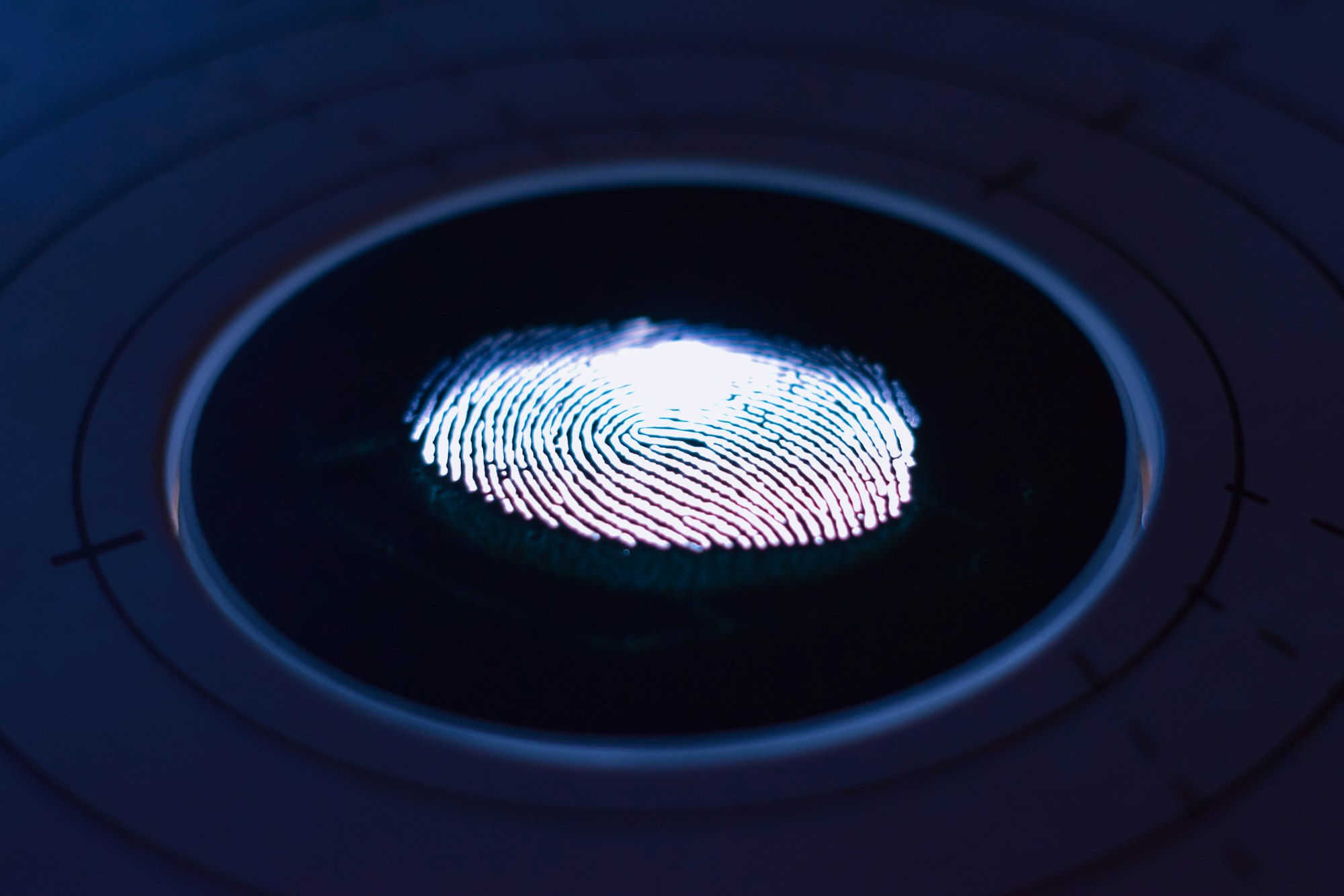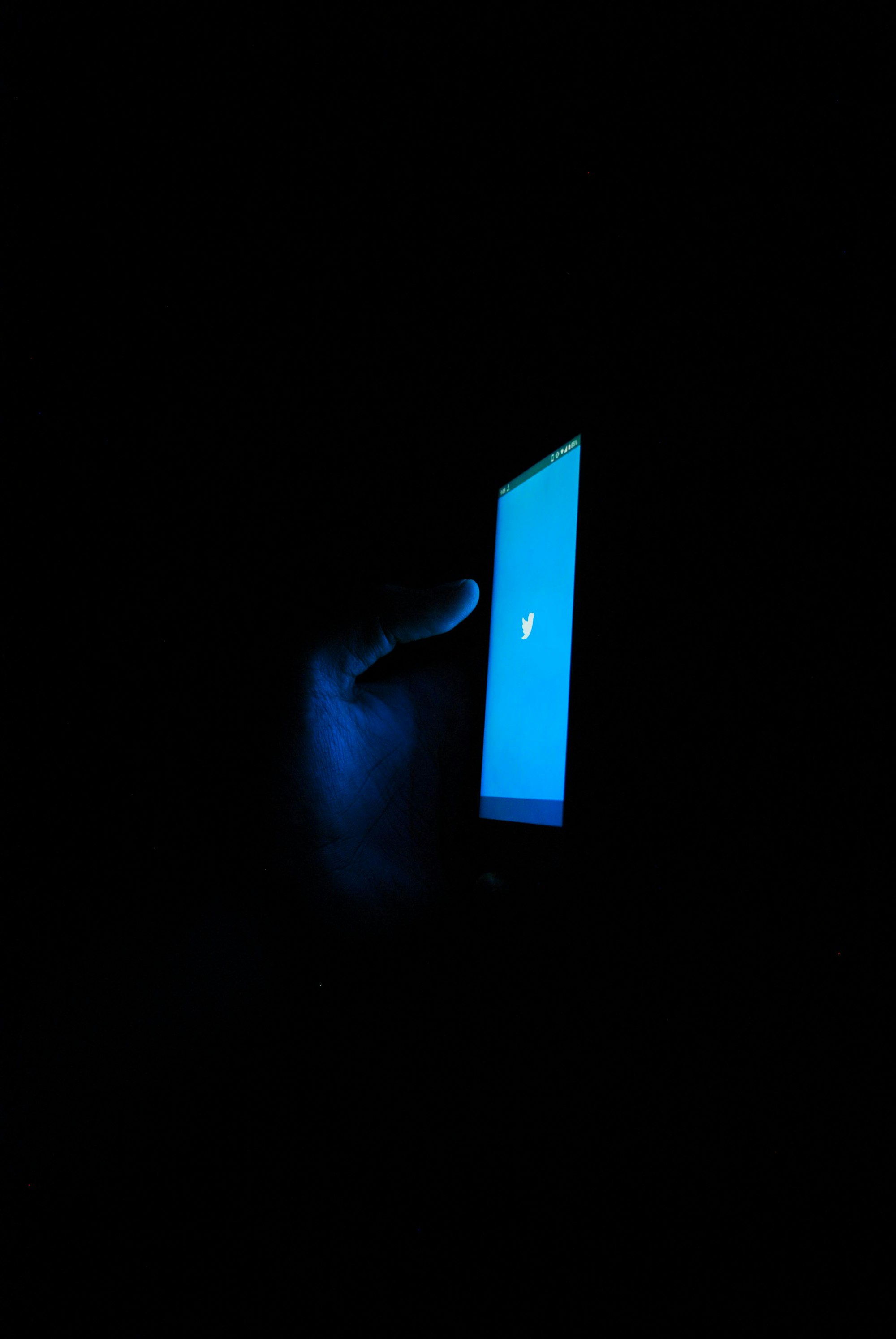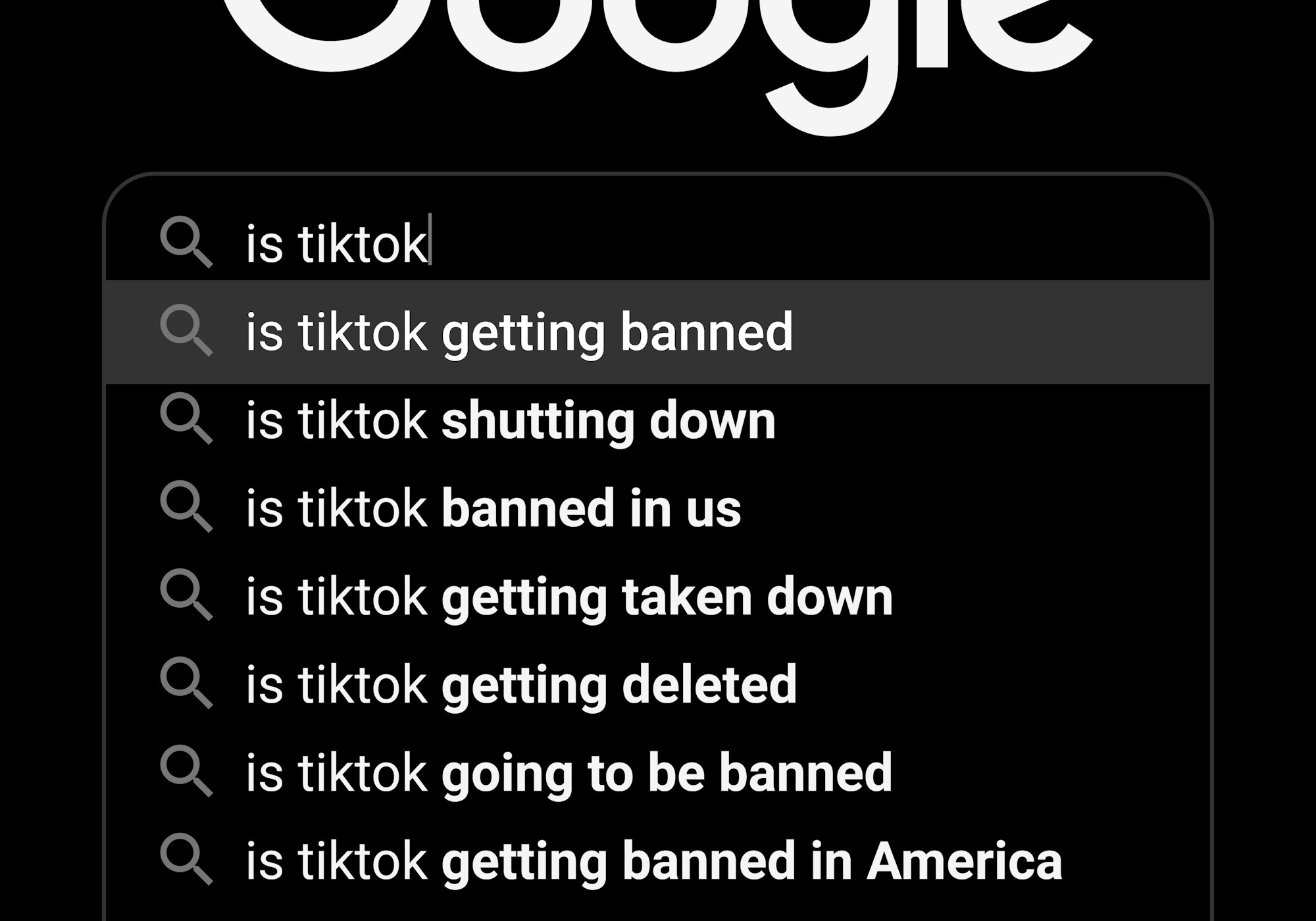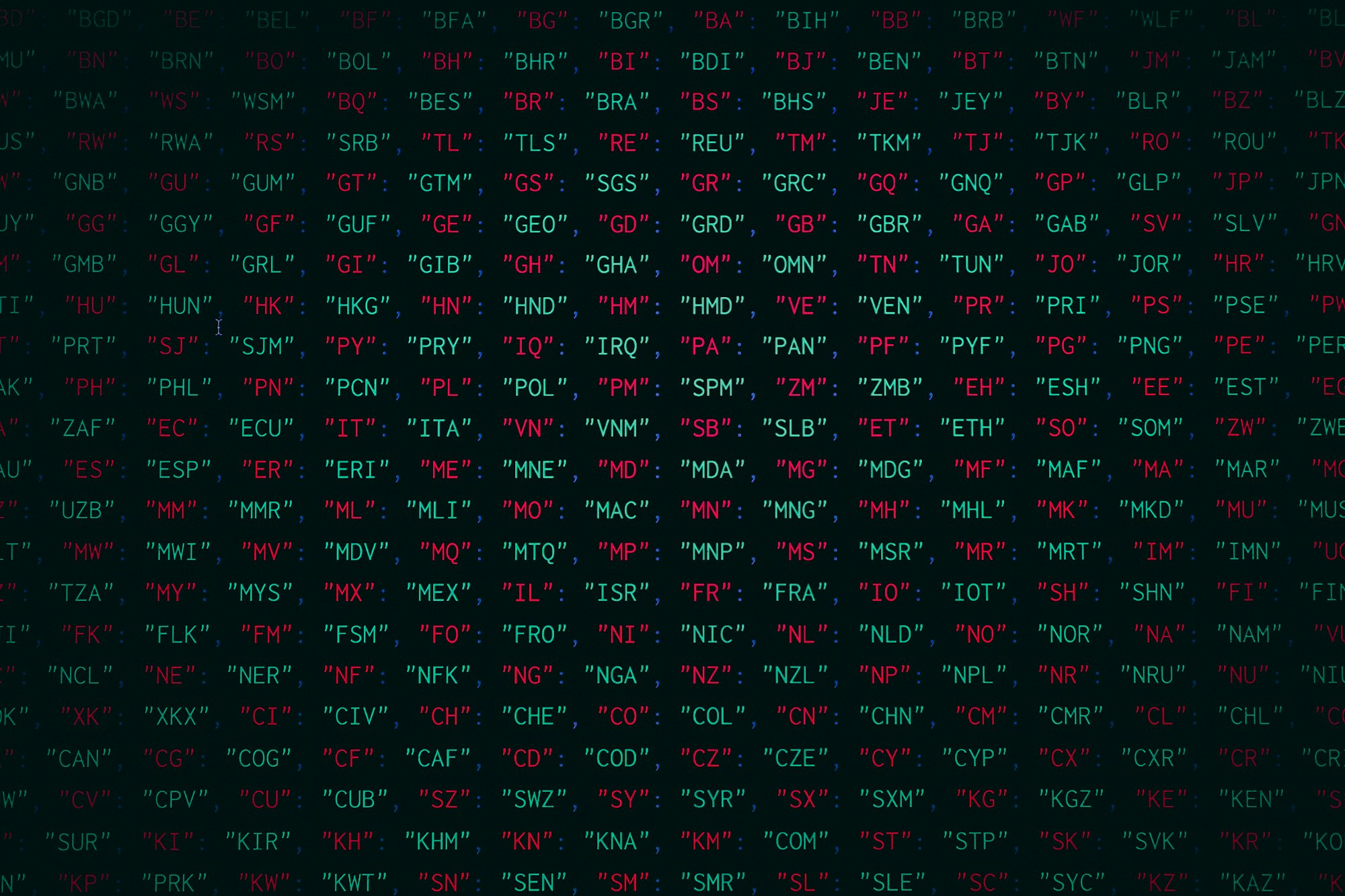Continuing on our discussion about how prevalent revenge porn has become during lockdown, which you can read here, I want to discuss one of the novel preventative measures being taken to minimise the effects of revenge porn. It is interesting to note that this solution has come about through a tech company, rather than legislative reform.
This malicious practice that is revenge porn has derived its name from the large proportion of these acts being committed by spurned sexual partners, choosing to humiliate former lovers through the anonymity of the internet. Occurrences of this practice have intensified in recent years, with notable examples of Irish scandals involving widespread usage of this bullying tactic, often relying on ‘identity intermediaries’, such as Facebook, Twitter or ASKfm.[1] Women’s Aid director Margaret Martin has highlighted that this area of law must be “brought into the 21st century”.[2] Furthermore, there currently exists no adequate means of justice available to those suffering from these attacks, and many professionals fear reporting online harassment due to “fears their careers will suffer”.[3] An important UK case here is AMP v Persons Unknown.[4] In this case, sexually explicit photographs had been uploaded from a mobile phone onto a file-sharing website. Justice Ramsey relied on Article 8 of the European Convention on Human Rights, which guarantees the “Right to respect for private and family life”, to uphold the victim’s case.[5] The UK introduced legislation against revenge porn four years later in 2015.
This practice has also been referred to as ‘Intentional Victim Shaming’, and has been viewed as an area of great concern due to the inappropriate remedies available to victims, as Iain Wilson says of international revenge porn remedies, “These offences were not drafted with revenge porn in mind and may often be square pegs for round holes”.[6] In the cyber sphere, where it has been argued that words are not written with a pencil, but with ink, the means of preventing and controlling the spread of revenge porn images and videos is crucial. So what is Facebook doing to tackle this issue?
Facebook’s ‘Image Hashing’ Approach to Revenge Porn
When we think about creating solutions to compute crime related sexual offences, an important place to look is at a legal and enforcement level. When we look at how police and the judiciary respond to acts like revenge porn, we are offered an insight into areas for reform and improvement. However, it is easy to overlook two other major players in a revenge porn case; the internet sites that host the images, and the victim. In light of this, Facebook has in recent years been developing an online tool which attempts to curtail the extent of revenge porn images being circulated between sites.
In response, Facebook has created what it calls the Non-Consensual Intimate Image Pilot.[7] In this system, Facebook created a process called ‘hashing’, where they are able to take any photograph and create a digital fingerprint for it. That means that whenever the photo appeared online elsewhere, on any of the sites that they had control over, such as Facebook groups, Messenger or Instagram, they are able to be alerted to this. As such, if a victim of revenge porn contacted Facebook with the photos in question, or photos that someone was threatening to release, Facebook would be able to track down any of the pages that were posting these images, and remove them. Under this system, these photos cannot be tagged or linked to the profile of the victim either.

Further, Facebook is able to implement this system before the photos have been shared. In Australia, Facebook trialled out this process. There, people were encouraged to have their intimate photos ‘hashed’ or fingerprinted, and afterwards the special employees involved in this project deleted the original photos, meaning that they were left with just the tracking fingerprint. As such, if the photos were later leaked as a revenge porn attack, the victim could be quickly alerted by Facebook. This approach can beenfit victims who are being blackmailed or 'sextorted', where they are forced to pay money to hackers to prevent intimate photos being shared with friends or family online. Although hashing is a very intimate process to engage in, it could act as a secondary defence system. It is important to note that studies have calculated revenge porn photos to have been taken voluntarily by the victim roughly 80% of the time.[8] These consensual photos are later released maliciously and without the consent of the victim after they have been taken. Although it is dangerous to enter the territory of victim blaming or shaming, this fingerprinting system could be useful for those who fear a ‘what if’ scenario, where once the images are released it becomes much harder to put them back into a box again.
In fact, the system was recently expanded to areas outside Australia, including the UK, where the National Revenge Porn Helpline, have referred over 400 people to this service.
[1]Tal Z. Zarsky, ‘Regulating Electronic Identity Intermediaries: The “Soft eID” Conundrum’, (Ohio State Law Journal [Vol. 74:6]), p. 1346.
[2]Margaret Martin, Women’s Aid director, interview with TheJournal.ie
[3]Monidipa Fouzder, ‘Harassment And Discrimination Going Unreported At Bar’, (12 July 2016), Law Society Gazette, (LawSocietyGazette.co.uk).
[4]AMP v Persons Unknown[2011] EWHC 3454.
[5]European Convention on Human Rights
[6]Iain Wilson, ‘”Revenge Porn” Legal Remedies’, (July 14th2014), Law Society Gazette, (LawSocietyGazette.co.uk).
[7]NCII Pilot <https://www.facebook.com/safety/notwithoutmyconsent/pilot>
[8]Elizabeth Crotty, ‘Revenge Porn Victim Representation: What is a ‘Copyrighted’ Image or Recording’ <https://www.new-york-lawyers.org/revenge-porn-victim-representation-what-is-a-copyrighted-image-o.html>







